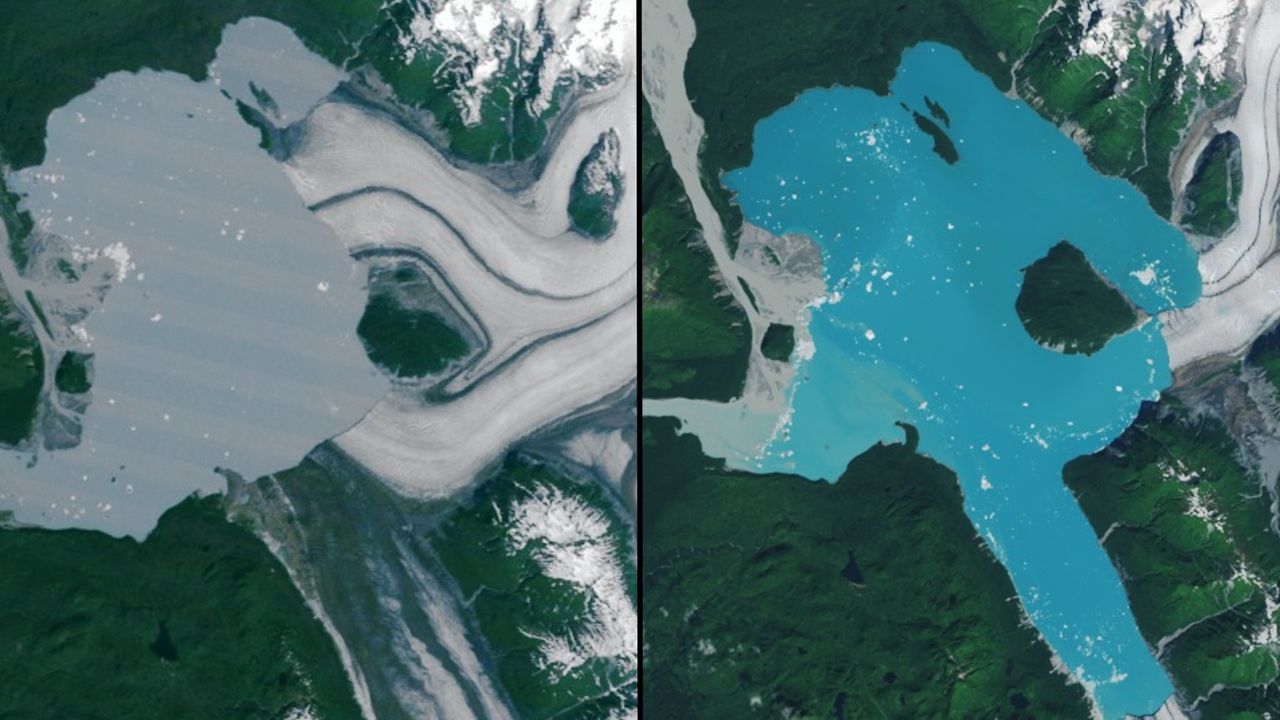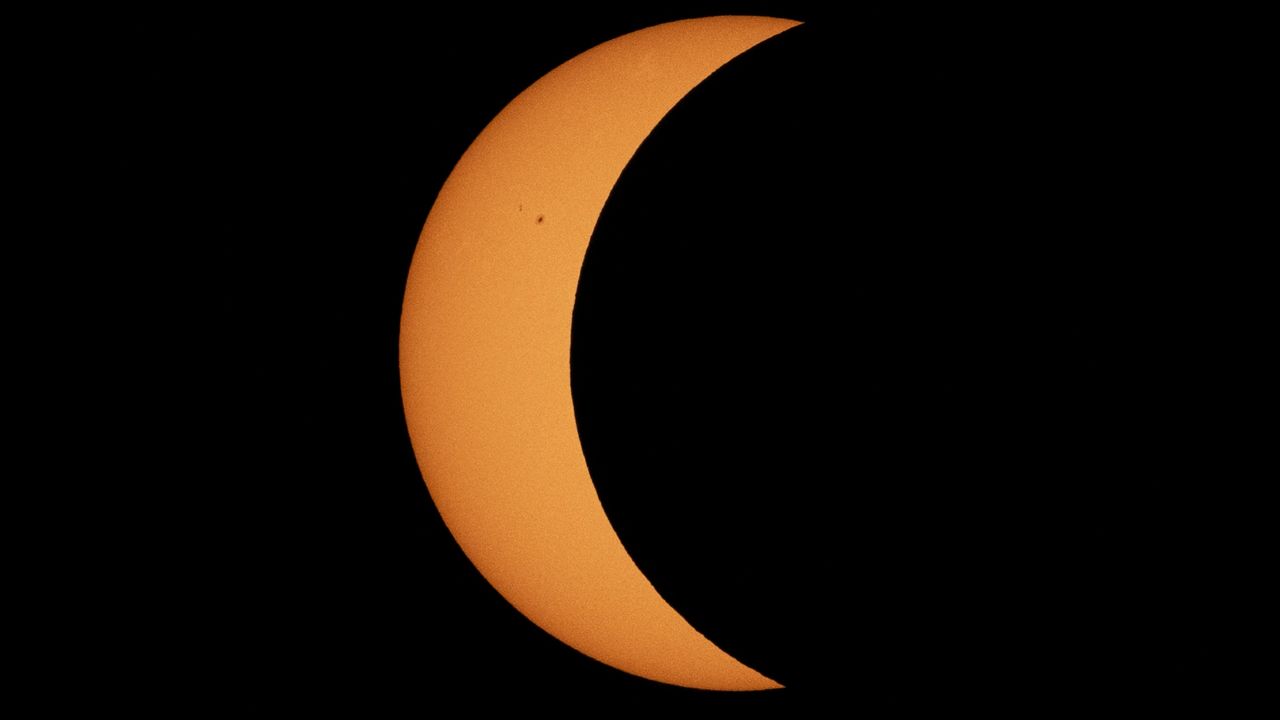Now Reading: NASA Discovers New Island in Alaska Created by Melting Glacier
-
01
NASA Discovers New Island in Alaska Created by Melting Glacier
NASA Discovers New Island in Alaska Created by Melting Glacier

Quick Summary
- Location & Discovery: NASA satellite imagery has revealed a new island off the coast of Alaska, formed by melting glacial ice. This island emerged within Alsek Lake, which was created due to the retreat of the Alsek Glacier.
- Glacial Retreat: Over four decades,Alsek Glacier retreated more then 3 miles (5 kilometers),isolating Prow Knob – once part of the mainland – and transforming it into an island.
- Lake Expansion: The size of Alsek Lake increased from 17 square miles (45 km²) in 1984 to about 29 square miles (75 km²) today due to meltwater from multiple glaciers.
- Timeline & Size: Satellite images indicate that Prow Knob officially became an island between July and August of 2025; it measures approximately 2 square miles (5 km²).
- Environmental Impact: Scientists cite this as evidence of accelerating glacial retreat in Alaska driven by global warming. Continued ice loss is expected to destabilize glaciers, alter regional hydrology, and affect ecosystems.
!Satellite Image
Alaska’s Alsek Glacier has retreated substantially since 1984.
(Image credit: NASA Earth Observatory images by Michala Garrison)
!Prow Knob Island
Satellite imagery showing Prow Knob as a newly formed island.
(Image credit: NASA Earth Observatory images)
Indian Opinion Analysis
As evidenced by recent satellite data on Alaska’s fast-retreating glaciers, this advancement underscores broader trends tied to climate change globally. For India-a nation already grappling with serious climate-related challenges such as Himalayan glacier melting-observations like these highlight critical concerns about long-term environmental stability. Melting glaciers not only reshape landscapes but directly impact freshwater availability, biodiversity in surrounding habitats, and disaster risks like flooding due to lake overflows.
India can draw vital lessons from such rapid transformations. Active monitoring using technologies such as remote sensing satellites could enhance prediction capabilities for glacier retreat rates within Indian mountain ranges like the Himalayas. Additionally, strengthening mitigation strategies based on science-driven models may be essential for safeguarding ecosystems and vulnerable communities across affected regions.
In essence, global phenomena exemplified here serve as cautionary signals reinforcing India’s need for investment in sustainable practices adapted toward changing climatic realities.

























